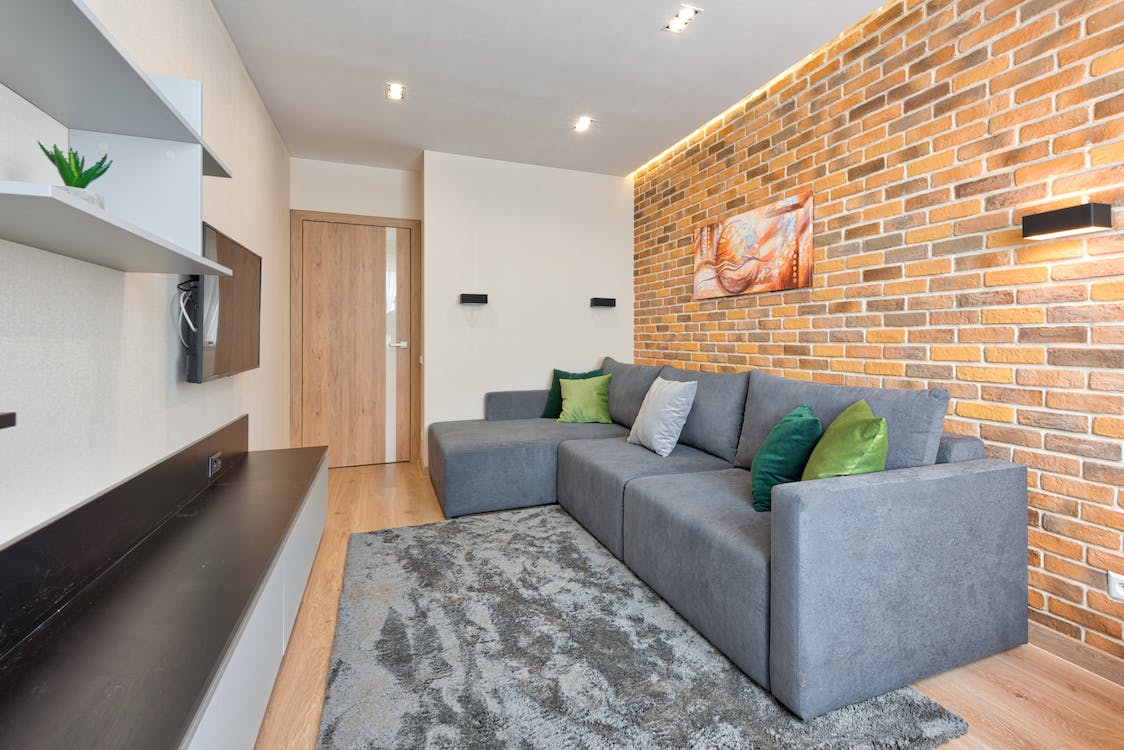
Brick veneer, with its timeless appeal and structural versatility, continues to be a top choice for both homeowners and designers seeking to enhance the aesthetic and value of a property. From modern minimalist designs to traditional settings, brick veneer offers a distinctive style that can transform any living space. This guide explores the benefits, applications, and essential considerations of brick veneer installation to help you make informed decisions for your next home improvement project.
Understanding Brick Veneer
Brick veneer is not a structural component but a decorative one. Unlike traditional brick walls that bear the load of a building, brick veneers are thin layers of brick that are installed on the exterior or interior of a structure. They are typically attached to a property’s structural frame with metal ties, offering a realistic look of full brick at a reduced cost and with greater architectural flexibility.
Why Choose Brick Veneer?

1. Aesthetic Appeal: Brick veneer brings the classic beauty of real brick with a variety of styles, from rustic century bricks to sleek archaic bricks. This flexibility allows for personalization in design that can complement any architectural style.
2. Durability: While brick veneer is less robust than full masonry work, it still boasts considerable durability and can significantly protect exterior walls against weather elements. Additionally, brick veneer maintenance is minimal, generally requiring just occasional cleaning.
3. Insulation: Brick veneer provides excellent thermal insulation. The air gap between the veneer and the structural wall acts as a thermal barrier, helping to maintain a comfortable indoor temperature year-round.
4. Cost-Effectiveness: Installing brick veneer is less expensive than traditional masonry. It requires fewer materials and less labour, which can lead to substantial savings during construction or renovation projects.
Popular Types of Brick Veneer
1. Century Bricks: These are often reclaimed or replicated to give a new structure the charm and character of historical architecture. Their weathered look can add a sense of age and solidity to any new building.
2. Archaic Bricks: These bricks carry an old-world charm with a more pronounced texture and varied colour palette, ideal for creating a focal point in a room or enhancing the exterior facade.
3. Distillery Bricks: Known for their robust and industrial appearance, distillery bricks are typically darker, giving a bold and dramatic effect that can stand out in modern designs.
Installation Insights
Proper installation is crucial for maximizing the longevity and appearance of brick veneer. Here are key steps and considerations:
1. Surface Preparation: Ensure that the surface on which the brick veneer will be installed is clean, dry, and structurally sound. This preparation includes applying a water-resistant barrier over the sheathing of the building.
2. Mortar Application: Use a high-quality mortar mix for laying the bricks. Apply the mortar evenly on both the back of the bricks and the surface, pressing each brick firmly in place to ensure a strong bond.
3. Metal Ties: Metal ties connect the brick veneer to the structural wall, preventing any movement and enhancing durability. Ensure these ties are spaced appropriately as per local building codes.
4. Grouting: Once the bricks are in place, grouting—or pointing—fills in the joints to achieve a seamless look. This not only enhances the aesthetic but also contributes to the structural integrity of the veneer.
5. Sealing: Applying a sealant can help protect the brick veneer from moisture and dirt, especially in climates with severe weather conditions.
Conclusion
Brick veneer is an excellent choice for anyone looking to enhance their home with the beauty and elegance of bricks without the extensive costs and structural demands of traditional masonry. With a range of styles and colours, from the rustic charm of century bricks to the unique character of distillery bricks, this versatile material can satisfy a wide array of design preferences and stand up to the demands of modern living.

Leave a Reply